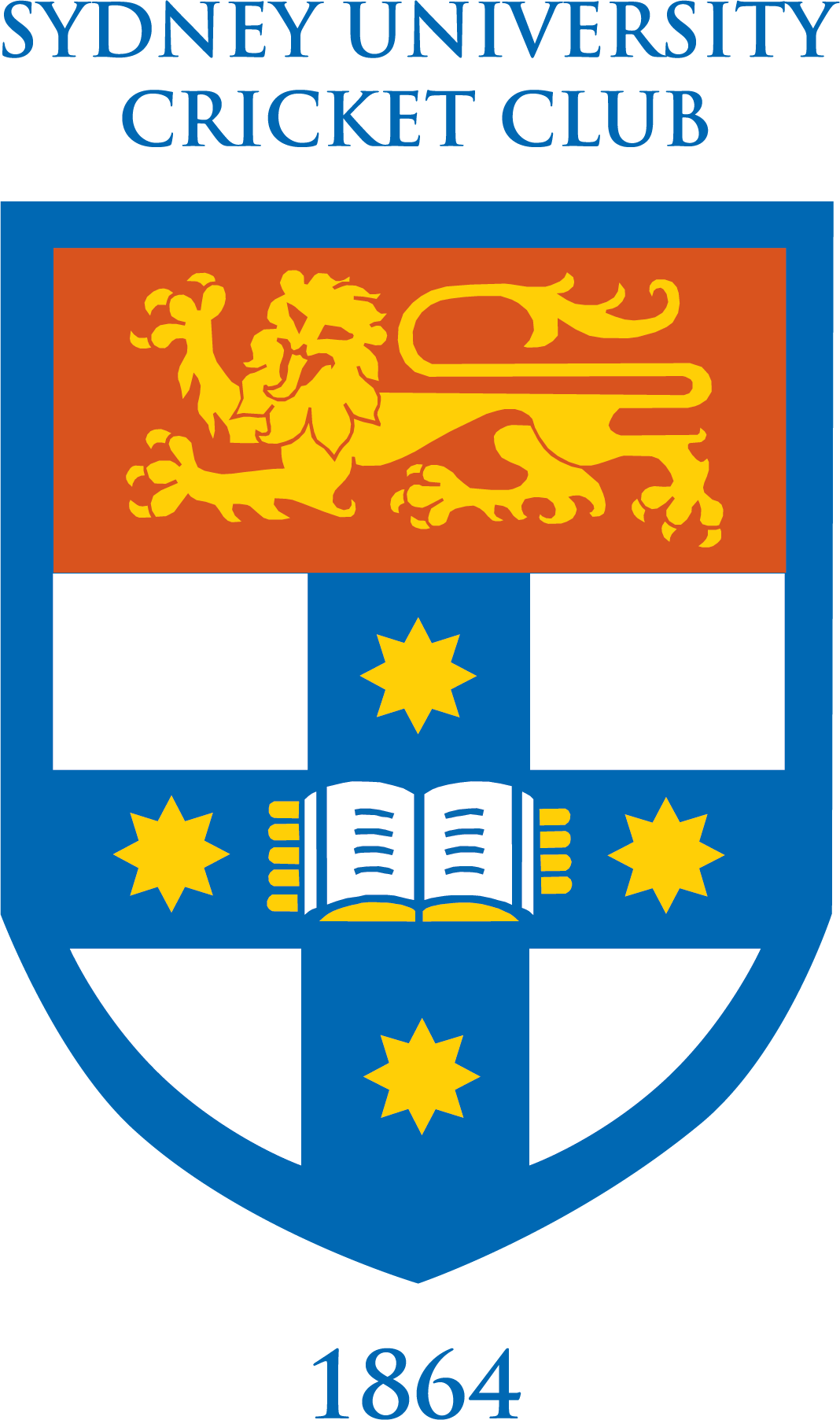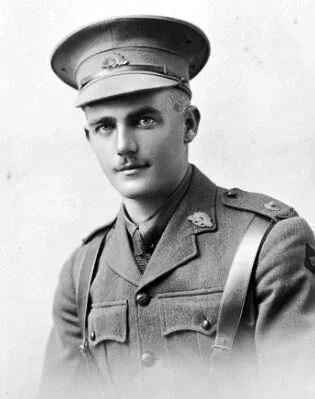Lieutenant Elliott Darcy Slade
Born at Dulwich Hill. 27 July 1894
Killed in action. 30 March 1918DUTY
A father writes about his eldest son:
“...having seen where his duty lay, he did not hesitate to carry it out to his uttermost.”
Duty.
His son has read, in his studies of English literature, Ralph Waldo Emerson’s ‘Voluntaries’.
“So nigh is grandeur to our dust,
So near is God to man.
When duty whispers low “Thou must”,
The youth replies, “I can”. “
The Commanding Officer of 33 Battalion writes to the father:
“Your son distinguished himself throughout this difficult operation by his excellent leadership, his coolness and courage…such a fine officer…he set us all a splendid example. He won the love and esteem of the whole Battalion and we deeply mourn his death.”
Darcy Slade was killed on the afternoon of Easter Saturday, 30 March 1918, leading his men in the counter-attack on Villers Bretonneux. As he was just about to fire his rifle, near Hangard Wood, a German bullet ricocheted off the rifle and “entered his brain killing him instantly.” He has no known grave.
He was the first son of John Elliott Slade (1866-1940) and Ada, nee Champagney (1869-1945). His father was much respected as Chief Survey Draughtsman for NSW. His family had the small consolation of receiving a package containing Darcy’s personal effects and a suit case which contained a German bayonet.
Darcy played just three times for the Sydney University Cricket Club in the 3rd Grade side of 1911-12, scoring 12 runs and taking 3 wickets. This was the season when the Club won both 1st and 2nd Grade Premierships. He is one of the thousands who have played lower Grades for the Club without ever reaching 1st Grade. He is one of more than 2000 ‘University men’ who enlisted in The Great War. He is one of the 17 Cricket Club players who were killed; one of twelve Law Students killed in The Great War. The hopes of a generation went with him.
He had won a scholarship from Gordon Public School to Sydney High School from 1907 to 1911 and a bursary to study Arts at Sydney University in 1912. And so he played his three games at the end of the 1911-12 season and didn’t appear for the Club again.
Darcy travelled from bucolic Wahroonga where he lived with his parents and their growing family in ‘Ellerker’ Cleveland St, first attending school at Gordon Public School on Lane Cove Rd ( now known as the Pacific Highway). This was the first public school on the North Shore when it opened in 1871. When Darcy was awarded his scholarship to Sydney High School, he travelled each day to the City and from 1912, he caught the North Shore line train to Milsons Point, then a ferry across the harbour and a tram up to the University on Parramatta Rd. There, he studied diligently excelling in Latin and English until he combined Law I subjects with Arts III in 1914. Darcy was awarded one of about 13 bursaries available at the time for those who wished to enjoy the advantage of a university education but who did not have the financial means. His father’s wage as a draughtsman gave him a secure job but his growing family left him unable to otherwise afford the type of challenging education that Darcy’s diligence and ability demanded. He had done particularly well in the matriculation exams for Sydney University in 1911, in some subjects with the future ALP leader, HV Evatt.
By 1914, Darcy was employed as an articled clerk by SM Stephens, solicitor, at the ‘Citizen’s Chambers’ in Moore St in the city. He had earned himself the hope of a distinguished career in the Law.
The declaration of war in August 1914 was a call to duty for young men of the Empire. So, a month before the Anzac landing at Gallipoli, Darcy Slade applied for enlistment. He’d served in the cadets at Sydney High and had been a Sergeant in the Sydney University Scouts. At 5’ 10” he was tall for his generation. His fair hair and fair skin made him look even younger than his 20 years but the faint moustache was a statement. He was going to do his duty. He enlisted in the AAMC without medical qualifications although recruits did serve in a variety of capacities in professional and non-professional roles in the Medical Corps.
He sailed in July 1915 on the hospital ship ‘Karoola’ but by September 1916, he was back in Australia, at Duntroon College, having transferred to the infantry. Then on 24 January 1917, he sailed again, on the ‘Anchises’ this time. Further training in England was preparatory to his promotion to Lieutenant in June 1917 and then onto France where he served at Passchendale and Villers Bretonneux from October 1917 until March 1918.
In Australia, the Slade family also farewelled their second son, Warren Champagney Slade, an old boy of ‘Shore’ School, known as ‘Mick’ or ‘Ginger Mick’ because of his red hair. He was aged only 18 when he enlisted in November 1915 and was to serve as a Lieutenant until 1919. He was then one of the oldest veterans of the Great War when he died in 1994, aged 97.
Darcy was killed in the same action as Lieutenant John Graham Antill Pockley also of 33 Battalion. Pockley enlisted on the same day as his Wahroonga neighbour. He was the brother of Captain Brian Pockley, the first Australian killed in The Great War on 11 September 1914.
Slade and the Pockley brothers are remembered on the Wahroonga War Memorial which now stands in the Sir John Northcott Gardens adjacent to the railway station. Darcy is also honoured at St Andrew’s Church in Cleveland St, the same street in which the Slade family lived. The Slade family can claim connections through marriage with pioneering Australian families including those of Sir Norman Cowper and Philip Gidley King.
Darcy Slade did his duty but Kate Atkinson’s words in A God In Ruins (2015) should also have a place in his story:
“War is man’s greatest fall from grace.”
James Rodgers

